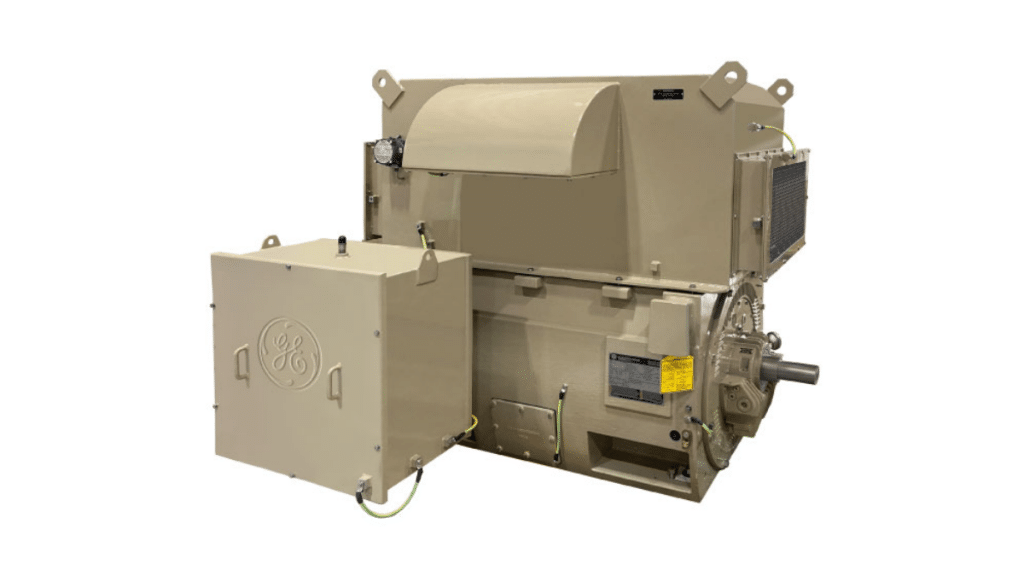The WP2 Motor is a high-performance engine designed for durability, efficiency, and power. Whether you’re using it for industrial applications, heavy-duty vehicles, or specialized machinery, proper maintenance is essential to ensure longevity and peak performance. Without regular upkeep, even the most advanced engines can experience wear and tear, leading to costly repairs and inefficiencies.
In this guide, we’ll walk you through the best practices to maintain your WP2 Motor, ensuring it stays in top condition. If you’re looking for more insights on WP2 Motor maintenance, check out wpii for expert recommendations and solutions.
1. Follow a Regular Oil Change Schedule
One of the most crucial aspects of maintaining your WP2 Motor is regular oil changes. Oil lubricates engine components, reducing friction and preventing excessive wear.
- Use High-Quality Oil: Always opt for the manufacturer-recommended oil to ensure optimal lubrication and performance.
- Change Oil at Recommended Intervals: Depending on usage, oil should be changed every 5,000 to 10,000 miles or as specified in your WP2 Motor manual.
- Monitor Oil Levels and Quality: Check the oil regularly to ensure it’s at the correct level and free from contamination.
2. Keep the Cooling System in Check
Overheating can significantly reduce the efficiency and lifespan of your WP2 Motor. Maintaining a proper cooling system is essential.
- Regularly Check Coolant Levels: Low coolant levels can cause overheating, leading to engine damage.
- Flush the Radiator Periodically: Over time, debris and rust can accumulate, reducing the radiator’s efficiency. Flushing the system once a year helps maintain optimal performance.
- Inspect Hoses and Belts: Any cracks, leaks, or wear in the hoses and belts can cause a cooling system failure. Replace them as needed.
3. Clean or Replace the Air Filter
A clean air filter is essential for efficient combustion and fuel economy.
- Inspect the Air Filter Monthly: A clogged air filter can reduce airflow, causing poor performance.
- Replace It When Necessary: If you drive in dusty conditions, replacing the air filter every 10,000 to 15,000 miles is recommended.
- Use High-Quality Filters: Investing in premium air filters can improve efficiency and extend engine life.
4. Monitor the Fuel System
A well-maintained fuel system ensures efficient fuel delivery and combustion, maximizing power and mileage.
- Use Clean, High-Quality Fuel: Low-quality fuel can introduce contaminants that clog fuel injectors and reduce efficiency.
- Inspect the Fuel Pump and Injectors: Periodically check for blockages or leaks in the system.
- Change the Fuel Filter Regularly: A clogged fuel filter can strain the engine and decrease performance.
5. Maintain the Battery and Electrical System
A strong electrical system is key to starting the engine and running essential components.
- Check Battery Terminals for Corrosion: Clean them regularly to maintain a strong connection.
- Test the Battery Periodically: Weak batteries can lead to starting issues and inconsistent power delivery.
- Inspect Wiring and Connectors: Ensure that all electrical connections are secure and undamaged.
6. Keep an Eye on the Exhaust System
A faulty exhaust system can lead to poor emissions, decreased power, and increased fuel consumption.
- Inspect for Leaks or Damage: Any cracks or leaks can cause performance issues.
- Monitor the Catalytic Converter: A clogged or malfunctioning catalytic converter can reduce fuel efficiency.
- Listen for Unusual Noises: Rattling or hissing sounds could indicate a problem in the exhaust system.
7. Regularly Check Belts and Hoses
Belts and hoses play a vital role in the functioning of your WP2 Motor, as they help drive various components.
- Inspect for Cracks or Wear: A worn-out belt can snap and cause engine failure.
- Replace Worn Hoses: Any leaks in the hoses can lead to coolant loss or vacuum issues.
- Tighten Loose Belts: If belts are too loose, they can slip and reduce engine efficiency.
8. Pay Attention to Warning Lights
Modern WP2 Motors come equipped with advanced sensors that alert drivers to potential issues.
- Never Ignore Dashboard Lights: Check engine lights and other warnings indicate problems that should be addressed immediately.
- Use a Diagnostic Scanner: This tool can read error codes and help identify specific problems.
- Seek Professional Help When Needed: If you’re unsure about an issue, consulting a professional mechanic is the best course of action.
9. Follow a Preventative Maintenance Schedule
Prevention is always better than costly repairs. Adhering to a routine maintenance schedule ensures your WP2 Motor stays in top shape.
- Schedule Routine Checkups: Regular inspections help detect potential issues before they become major problems.
- Use Only Genuine WP2 Parts: Authentic replacement parts ensure compatibility and durability.
- Keep a Maintenance Log: Tracking maintenance history can help with troubleshooting and resale values.
10. Drive Responsibly to Reduce Wear and Tear
Your driving habits significantly impact the longevity of your WP2 Motor.
- Avoid Sudden Acceleration and Braking: Aggressive driving stresses the engine unnecessarily.
- Warm Up the Engine Before Driving: Especially in cold climates, warming up the engine helps reduce strain on internal components.
- Follow Manufacturer Guidelines: Always adhere to the recommended speed limits, load capacity, and maintenance intervals.
Conclusion
Maintaining your WP2 Motor is essential for maximizing performance, extending engine life, and preventing costly repairs. By following these simple yet effective maintenance tips, you can ensure that your engine remains in peak condition for years to come.
If you’re looking for high-quality maintenance parts and expert advice, explore wpii for trusted resources and solutions. A well-maintained WP2 Motor means fewer breakdowns, better fuel efficiency, and a smoother driving experience.
